Greenfield cities in Africa: A recipe for generative urbanization?
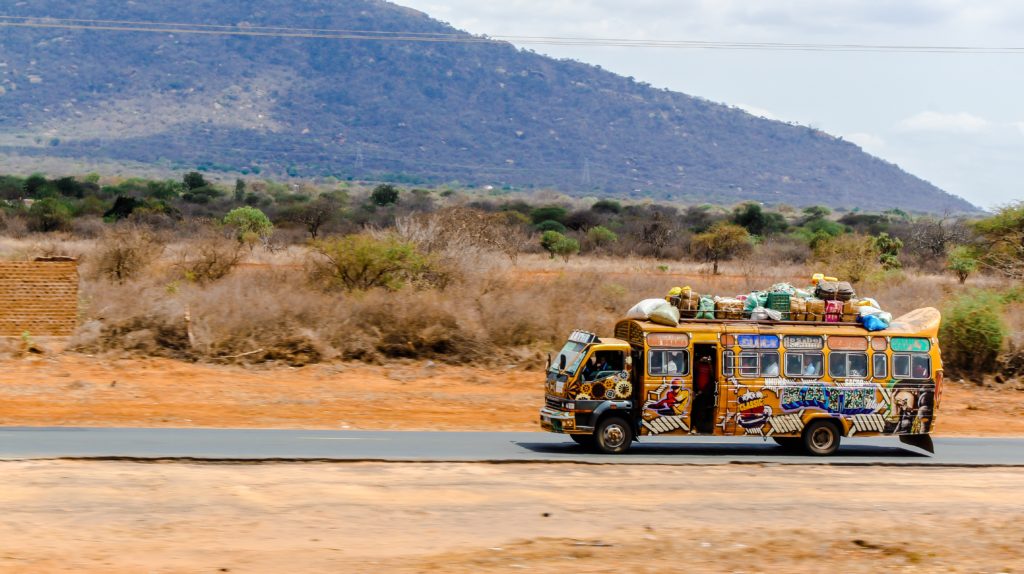
DOI reference: 10.1080/13673882.2020.00001059
By James T. Murphy, Graduate School of Geography, Clark University, Worcester, Massachusetts.
Jim Murphy presents some emerging results of his Regional Studies Association sponsored research to examine the prospects for greenfield city investments to help spur economic development throughout Africa. Focusing on the case of Kenya’s Konza Technopolis, the findings highlight the challenges of getting such “utopian” projects off the ground, and the limited contributions they can make to widespread economic and industrial transformations.
Sub-Saharan Africa is in the midst of an urbanization revolution that raises hopes about the region’s economic development. However, unlike much of Asia, most African economies have yet to be transformed in parallel with urban transitions. Formal employment growth remains elusive, informal economic activities predominate, and urban infrastructure systems (e.g., water, sanitation, energy) cannot keep pace with rising populations. Moreover, socioeconomic inequality has increased with cities splintering into enclaves of high-value accumulation and wealth amidst widespread poverty, informality, and underemployment (Jaglin, 2008; Parnell and Pieterse, 2014; Swilling, 2014, Figure 1). Given the trends, a central question facing Africa today is whether generative forms of urbanization can emerge as the region’s cities play an increasingly central role in determining national development trajectories.
Figure 1a: Advertisements for Luxury Residences in Nairobi (author own)

Figure 1b: Mathare Slum in Nairobi (author own)
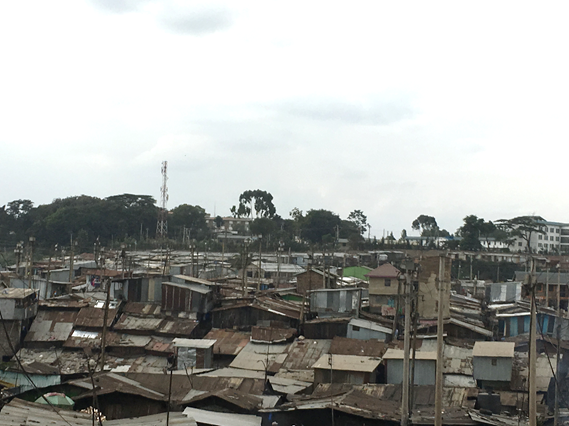
Figure 1c: Contrasts in Consumption in Nairobi (author own)

Figure 1d: Sarit Centre Mall in Nairobi (Wikipedia.org, GNU Free Documentation License, Version 1.2)
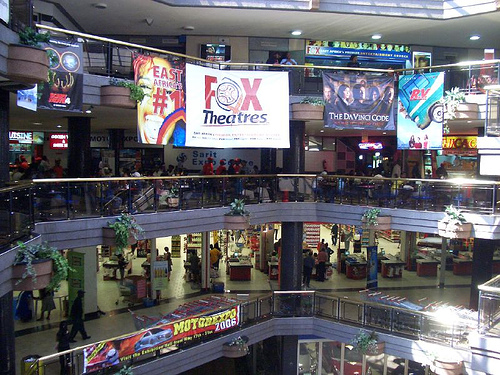
Figure 1e: Ngong Road Furniture Market in Nairobi (author own)
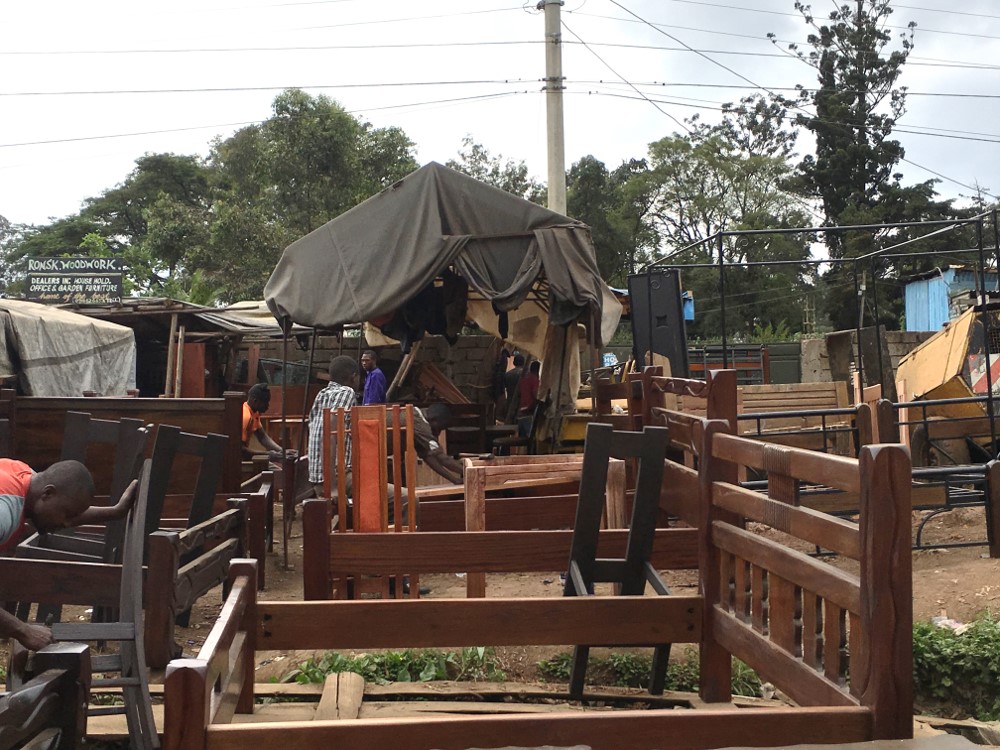
Figure 1f: Sewage Conditions in Mukuru Slum in Nairobi (author own)
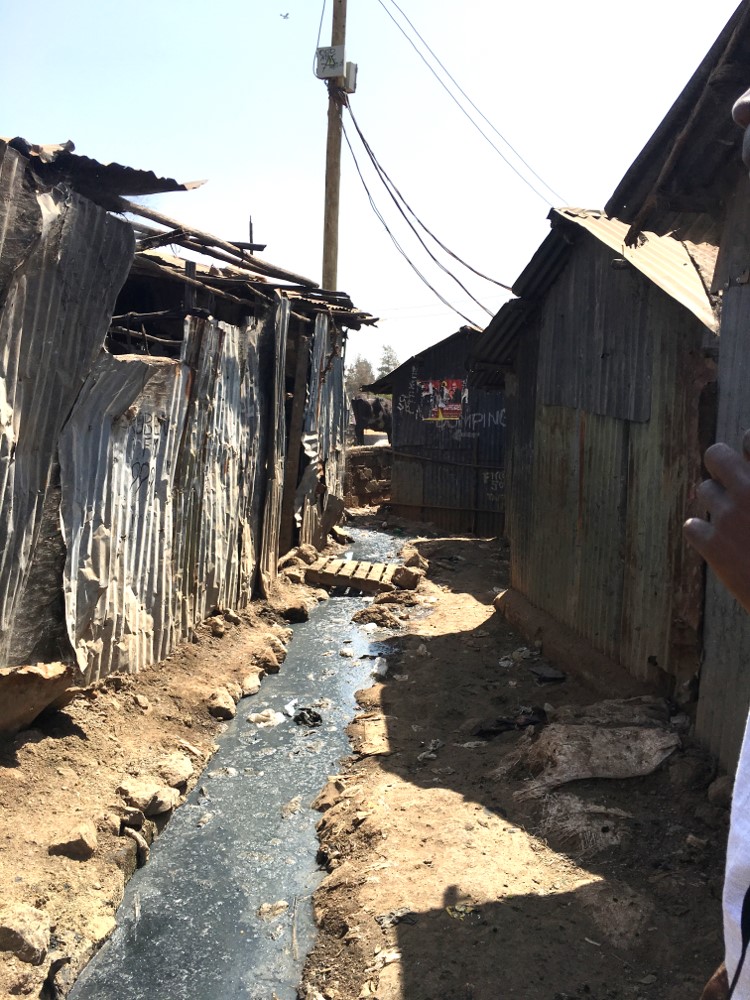
Generative urbanization occurs through socioeconomic and spatial transformations that help to diversify economies, create stable and higher-quality employment, stimulate innovation, significantly improve the welfare of urban residents, and empower a city’s industries in the global economy (Murphy and Carmody, 2019). A key challenge is to create localization, agglomeration, and urbanization economies by managing congestion, investing in productive infrastructures, and establishing markets and institutions to foster entrepreneurship, economic diversification, job creation, trade, and innovation (Davis and Henderson, 2003; World Bank, 2009; Duranton, 2015; AfDB, OECD, and UNDP, 2016). While this process seems straightforward, recent assessments of many cities in Africa (and elsewhere in the Global South) indicate that industrialization is not occurring with urbanization as manufacturing and other value-adding sectors fail to develop in ways that can absorb growing populations into formal employment (Gollin, Jedwab, and Vollrath, 2016; Rodrik, 2016). As such, critical concerns remain regarding how best to manage and guide urbanization pathways in Africa such that they generate widespread, distributive forms of development.
Generative urbanization through greenfield cities?
In Africa, the challenges to achieving generative forms of urbanization are manifold given the legacies of colonialism, the pace and scale of urban population growth, and the structural challenges that the region’s economies face in striving to establish and grow value-adding enterprises and generate the revenues needed to upgrade infrastructures, social services, and industries. In existing cities, African leaders’ developmental approaches have focused by-and-large on how to manage the material and infrastructural issues concomitant with rapid population growth. Strategic, visionary planning has thus been impossible to realize, given the costs and complexities of simply maintaining basic services and urban functions.
In this context, many countries have sought alternative, radical solutions for urban-regional development through the construction of new-build, greenfield cities. These cities (e.g., Eko Atlantic in Nigeria, Waterfall City in South Africa, Kigali Innovation City in Rwanda) range in size and scope, entail investments in industrial and residential projects, and are funded by a mixture of public, private, and foreign aid monies (see van Noorloos and Kloosterboer, 2018 for an overview). Attracting investors is central to their success, particularly transnational corporations that might help to kick-start industrial upgrading and the development of new and high-tech sectors (e.g., information communication technologies (ICT), engineering, life sciences). Beyond attracting industrial investments, these cities also commonly include higher education institutions and/or smart or green infrastructures meant to showcase futuristic urban visions. However, such “fantasies” may be ill-suited to resolve wider development problems, raising important questions as to whether they are a good strategy given scarce funds and pressing material and social challenges (Watson, 2014; van Noorloos and Kloosterboer, 2018).
This RSA supported research examined the potential for generative urbanization in contemporary Africa with a particular focus on the role that greenfield cities might play in enabling economic and industrial development. Focusing on the Konza Technopolis in Kenya, the research assessed whether such projects might spark urban-regional and national-scale transformations.
Kenya’s Konza Technopolis
Konza Technopolis is a “smart” greenfield city that is meant to play a central role in Kenya’s industrial development (http://www.konzacity.go.ke/team/kotda/). Formally launched in 2013, the city is in the first-stage of construction on a 5000 acre tract 60 KM southeast of Nairobi. A highly ambitious project, Konza will be a “self-sustaining” city that will create an “innovation ecosystem” and “Silicon Savannah” in support of three clusters of industrial activity: ICT and ICT-driven activities, life sciences research and development, and engineering (see Figure 2). An Italian company is building the city’s main infrastructure (e.g., roads, energy, waste, water), the Chinese government is investing in a data center on the site, and the Korean Economic Development Cooperation Fund (ECDF) has committed nearly $100 million to establish the Kenya Advanced Institute of Science and Technology (Kenya Kaist) in Konza, an institution that will focus on training engineers and scientists. By 2030, it is hoped that Konza will help drive Kenya’s economic diversification, induce industrial upgrading, and attract significant flows of FDI; employing 17,000 workers, having 200,000 residents, and boasting a world-class infrastructure that is sustainable and “smartly” managed. The qualitative analysis of Konza focused on its feasibility and potential for “pulling” other economies, namely Nairobi’s, into new industrial sectors.
Figure 7: Konza Technopolis as Imagined by its Planners (construction Kenya/Konza Technopolis Development Authority)
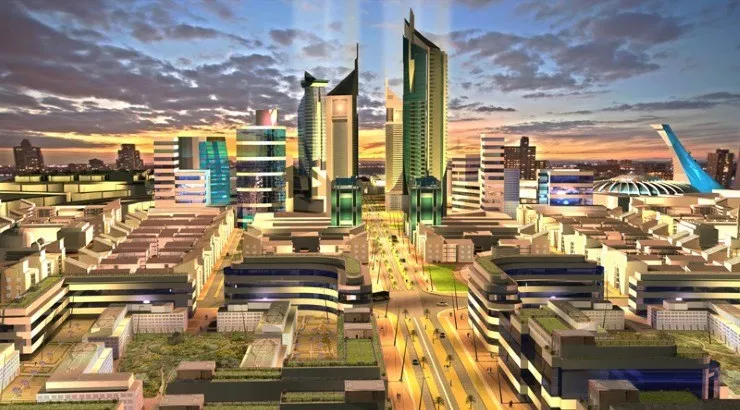
Figure 8: Konza Technopolis Headquarters in Nairobi (author own)
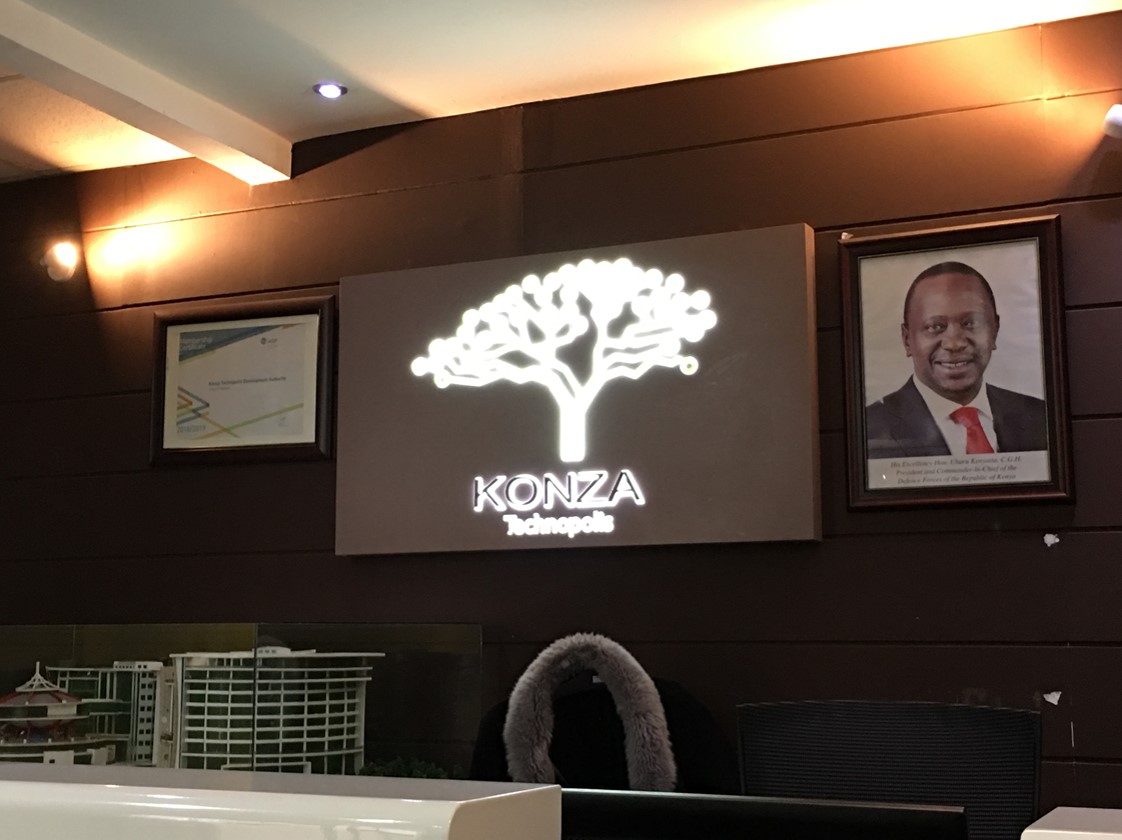
Figure 9: Konza Technopolis as a Smart City (Konza Technopolis Development Authority)

Figure 10: Konza Technopolis Imagined as the Silicon Savannah (author own)
![]()
To start with, there is something positive to be said for the radical and idealistic nature of the Konza project and the desire amongst its planners to have it develop autonomously. Leaders in the Konza Technopolis Development Authority (KOTDA) are unabashedly optimistic about the prospects for the city to leapfrog Kenyan industries into creative, innovative, and high-value sectors. Moreover, there is the view that such a radical, forward-thinking plan is only possible through a greenfield project rather than within the Nairobi city limits. As one of Konza’s planners noted, “no one can fix Nairobi.” Despite the optimism and vision, however, Konza strikes as unlikely to achieve its transformative potential unless three primary concerns can be resolved in the coming years.
The first issue is the fact that Konza is, in many ways, a radical discontinuity with respect to Kenya’s economic and industrial development, extant path dependencies, and the institutions and practices governing its cities. While Konza’s proponents view this as a major asset to the project, it is questionable as to whether, or how, FDI into Konza might create the kinds of proximities (e.g., institutional, material) needed to stimulate the development of linkages, spillovers, and upgrading processes beyond the Technopolis. Moreover, it is unclear where the related “varieties” of knowledge and capabilities exist between Konza’s desired investments, and existing firms and industries in Kenya; interconnections that can prove essential for stimulating regional development (e.g., see Frenken, Van Oort, and Verburg, 2007). Such concerns are well documented by decades of regional studies scholarship and as of now it appears that Konza, at best, might become what Hardy (1998, 650) termed a “cathedral in the desert…..[an] enclave of foreign capital with few linkages backwards or forwards.”
A second issue relates to the costs and complexities of moving from planning to implementation. The KOTDA worked closely with a US-based consulting firm to develop the plans for Konza but these appear to have been, in some cases, woefully unable to account for the realities of actually getting things built and completed on the ground. Corruption-related issues have been especially challenging, manifest particularly in land grabbing and speculating by insiders familiar with where Konza was to be sited. Such practices drove up the costs of land and, in effect, helped to scare off investors who had expressed interest early on. Another issue that has effected implementation has been the national government’s support for the project and the shifting priorities of administrations since the project was initiated. Such shifts, and the fact that barely 10% of the state funding promised has materialized, have made financing of the project inconsistent and slow, further discouraging potential investors (VOA News, 2019). As of July 2019, only two international investors had committed to the project, raising additional concerns about investment risks. All told, the realities of Konza’s implementation have made many within and beyond Kenya highly skeptical about its prospects.
The third issue also relates to risk perceptions. That is the chicken-egg challenge that greenfield projects like Konza face in getting off the ground. Given Konza, like many new-build cities in Africa, is located a good distance from a major city (Nairobi), there are questions as to how workers and firms might be convinced or productively enabled to migrate given the costs and risks of doing so. Public transportation linkages are poor and even the new standard-gauge railway from Mombasa does not include a stop in Konza. The main issue being whether investors are willing, and for how long, to wait for the city’s population to grow, particularly with respect to the skilled workers and managers needed to support high-tech industries. At present, the plans and incentive structures for enabling this to occur are, at best, vague, begging the question – if they build it, will they come?
Closing thoughts
The specific experience and realities of Konza Technopolis raise wider concerns as to whether greenfield, utopian cities will be able to spur economic transformations and new pathways for regional development in Africa. On one hand, the desire to radically break from the lock-ins of extant industries, economies, and urban areas is appealing, on the other, it strikes as naïve to think that such contexts can or should be escaped from entirely given the need for “related varieties” and forward/backward linkages to help spur economic restructuring beyond the new-build city. This is not to suggest that such initiatives are not worthwhile to pursue in some form given they can serve as experiments to highlight the potential of upgraded industries and inward FDI. However, they need to be designed and implemented in ways that align them with, or relate them to, existing areas of economic potential, labor market capabilities, and the priorities and capacities of domestic enterprises and industries. Moreover, the costs of such initiatives need to considered carefully in relation to the pressing needs of “old” cities and those living in poverty and immiseration.
References
AfDB, OECD, and UNDP (2016) African Economic Outlook 2016: Sustainable Cities and Structural Transformation. Paris: OECD Publishing.
Davis, J.C. and J.V. Henderson (2003) Evidence on the political economy of the urbanization process. Journal of Urban Economics, 53(1), 98-125.
Davis, K. and H.H. Golden (1954) Urbanization and the development of pre-industrial areas. Economic Development and Cultural Change, 3(1), 6-26.
Duranton, G. (2015) Growing through cities in developing countries. The World Bank Research Observer, 30(1), 39-73.
Frenken, K., Van Oort, F. and T. Verburg (2007) Related variety, unrelated variety and regional economic growth. Regional Studies, 41(5), 685-697.
Gollin, D., Jedwab, R., and D. Vollrath (2016) Urbanization with and without Industrialization. Journal of Economic Growth, 21(1), 35-70.
Hardy, J. (1998) Cathedrals in the Desert? Transnationals, Corporate Strategy and Locality in Wroclaw. Regional Studies, 32(7), 639-652.
Jaglin, S. (2008) Differentiating networked services in Cape Town: Echoes of splintering urbanism? Geoforum, 39(6), 1897-1906.
Murphy, J.T. and P.R. Carmody (2019) Generative urbanization in Africa? A sociotechnical systems view of Tanzania’s urban transition. Urban Geography, 40(1), 128-157.
Parnell, S. and E.A. Pieterse (Eds) (2014) Africa’s Urban Revolution. London: Zed Books Limited
Rodrik, D. (2016) Premature deindustrialization. Journal of Economic Growth, 21(1), 1-33.
Swilling, M. (2014) Contesting inclusive urbanism in a divided city: The limits to the neoliberalisation of Cape Town’s energy system. Urban Studies, 51(15), 3180-3197.
van Noorloos, F. and M. Kloosterboer (2018). Africa’s new cities: The contested future of urbanisation. Urban Studies, 55(6), 1223-1241.
VOA News (2019) “Kenya struggles to give life to futuristic ‘Silicon Savannah’ city,” 1 January.
Watson, V. (2014) African urban fantasies: dreams or nightmares?. Environment and Urbanization, 26(1), 215-231.
World Bank (2009) World Development Report 2009: Reshaping Economic Geography. Washington: World Bank
James T. Murphy, Ph.D., Professor Graduate School of Geography, Clark University
Editor-in-Chief, Economic Geography – www.economicgeography.org